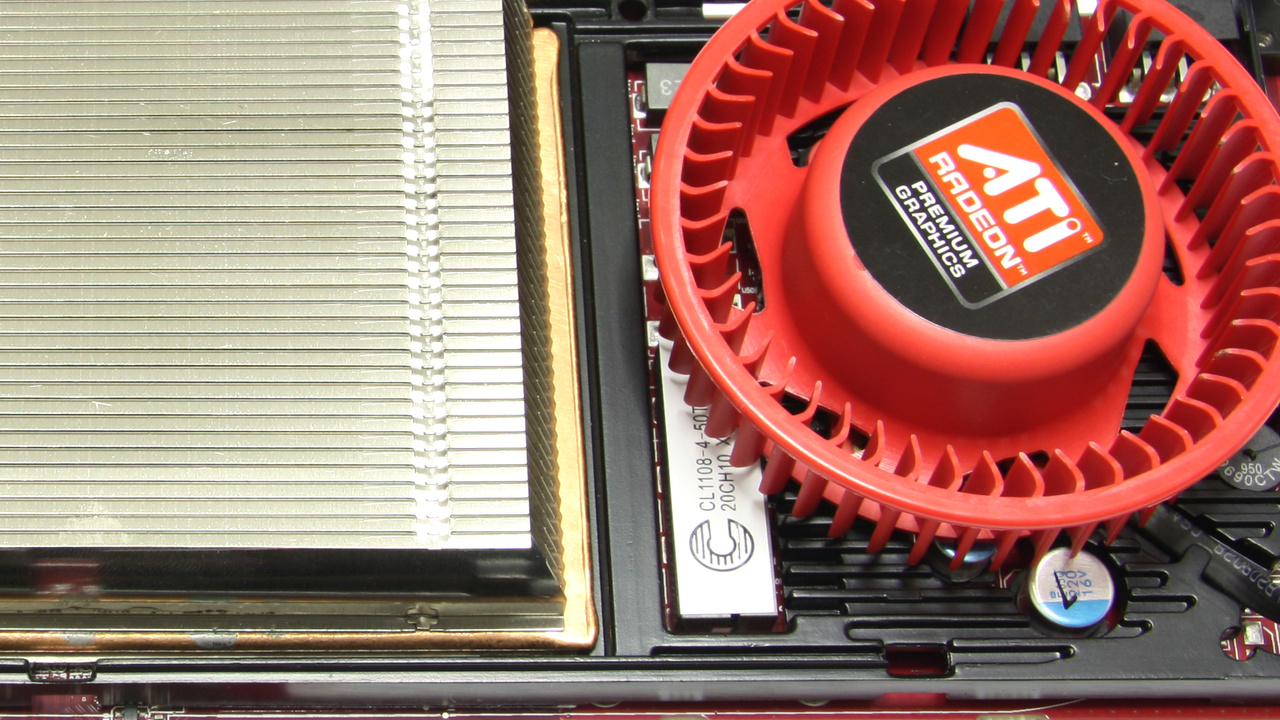HD 6950 im Test: AMD halbiert Speicher und besiegt die Konkurrenz immer noch

Einleitung
Radeon HD 6970 und Radeon HD 6950 sind die ersten beiden Grafikkarten, die schon im Referenzdesign mit einer Speichergröße von 2.048 MB ausgeliefert werden. Was für die Geschwindigkeit gut ist, schadet nur leider dem Verkaufspreis, weswegen AMD seit Kurzem auch eine 1.024-MB-Variante der Radeon HD 6950 ins Rennen schickt.
Diese ist bis auf den Speicher absolut identisch zur „Vollversion“. Durch die geringeren Kosten kann AMD preislich gegen die Nvidia GeForce GTX 560 Ti antreten, der von AMD selbst auserkorene Gegner der 1.024-MB-Karte. Doch wie schlägt sich die Karte im Praxisalltag – gegen die GTX 560 Ti und im Vergleich zur „Vollversion?
